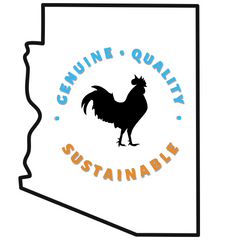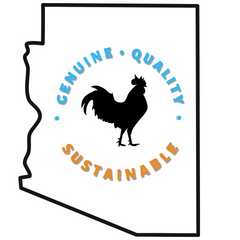Beginner-Friendly Chicken Breeds: How to Buy and Build a Starter Flock You’ll Love
Beginner-Friendly Chicken Breeds: How to Buy and Build a Starter Flock You’ll Love
If you’re planning your first flock, treat selection like commissioning a tailored suit: fit your goals, climate, and space first, then choose breeds and gear with craftsmanship-level care. This guide gives you a clean, step-by-step path—an assessment to match your goals, a practical breed comparison, curated starter flock packages, and a what-to-buy-first checklist—plus internal resources from AZ Chickens to help you shop with confidence.
Key Takeaways / Summary
- Buying approach: Match your egg goals, climate (especially heat tolerance), space, and noise tolerance before selecting breeds—like choosing fabric and drape before fine tailoring.
- Starter flock size: 4–6 hens is ideal for first-timers; avoid roosters at the start unless you have a specific breeding plan.
- Beginner breed shortlist (examples): Orpington, Australorp, Plymouth Rock, Sussex, Wyandotte, Easter Egger, Brahma, and Silkie (for families and pets). Use docile, reliable layers as your foundation.
- Heat considerations: If you’re in a hot region, prioritize lighter-combed, heat-tolerant breeds and housing with deep shade and airflow. See: Heat Resistant Chicken Breeds 2025.
- Equipment essentials: Brooder (for chicks), feed kit, clean waterer, safe coop and run, and climate-smart housing. See: Beginner Chicken Starter Kit Guide.
- Budgeting: Plan for chicks plus foundational equipment. Compare “Budget, Balanced, Premium” setups and grow slowly—quality and good materials beat quantity.
- Where to confirm availability: See current options at Chickens For Sale (Adults, Juveniles, Chicks, Hatching Eggs).
- Seasonal timing: Most beginners buy in spring/early summer; hot-climate owners should plan shade, water, and ventilation before birds arrive.
- Space rules of thumb: Aim for ~4 sq ft per hen inside the coop and 8–10 sq ft per hen in the run; more if birds are large or you live in heat.
- Security first: Use 1/2" hardware cloth (not chicken wire) on runs and vents; lock doors securely; plan for shade and airflow before birds arrive.
1) Quick Assessment: Tailor Your Flock Like a Luxury Suit
Start by clarifying your priorities so every decision—from breeds to brooder—supports them. No one-size-fits-all—think Italian craftsmanship: precise, intentional, and built to last.
- Eggs for breakfast (steady layers)
- Family-friendly pets (gentle temperament)
- Dual-purpose (eggs + table)
- Low-noise, neighborhood-friendly
- Hot summers? Prioritize heat tolerance and airflow.
- Limited yard? Choose compact or calm breeds.
- HOA nearby? Pick quieter birds and fewer roosters (ideally none).
- Hands-off: Hardy, calm breeds
- Hands-on: Ornamental or broody-friendly breeds (e.g., Silkies)
- Classic palette (browns, buffs, blacks)
- Mixed “rainbow” flock (assorted colors)
- Heritage and craftsmanship-forward lines
Tip: Check local ordinances for flock size and roosters before you buy. If you’re in a hot region, plan shade, cross-ventilation, and multiple water stations up front. See: Housing Environment.
2) Beginner Breed Comparison (Practical, First-Year Friendly)
Use this as a craftsmanship-forward, value-focused reference. The goal: a flock that fits your life now—and scales as you learn. Choose two to three breeds that align with your climate and goals, and remember that temperament and housing design matter as much as breed traits.
| Breed | Temperament | Egg Focus | Heat Readiness | Space/Noise Notes | Best For |
|---|---|---|---|---|---|
| Orpington | Docile, family-friendly | Reliable layers | Manageable with shade and airflow | Calm; good for suburban yards | First flock, kids |
| Australorp | Gentle, steady | Prolific egg production | Handles heat with proper housing | Quiet; efficient feed-to-egg | Egg-focused beginners |
| Plymouth Rock (Barred Rock) | Friendly, adaptable | Consistent layers | Moderate heat tolerance | Good in mixed flocks | Balanced starter flock |
| Sussex | Curious, calm | Steady eggs; forage well | Do best with shade and ventilation | Moderate noise; good foragers | Yard-to-table families |
| Wyandotte | Confident, manageable | Good dual-purpose | Handle varied climates with design-conscious coops | Can be a bit talkative | Cold/heat swing regions |
| Easter Egger | Friendly, fun | Colorful eggs (varies) | Adaptable with airflow | Moderate noise; variable size | Families who want color variety |
| Brahma | Gentle giants | Solid layers | Need shade; larger body in heat | Quiet; need a bit more space | Calm, low-drama flocks |
| Silkie | Exceptionally gentle | Light layers; broody | Need careful heat management | Very calm; great with kids | Pet-forward homes |
| American Bresse | Active, purposeful | Dual-purpose (eggs + table) | Plan robust shade in hot zones | Moderate activity; plan run space | Culinary, breed enthusiasts |
For hot regions, combine breed selection with housing design. Start with these internal resources:
Year-one note: Many breeds begin laying around 18–24 weeks; heat waves or stress can delay the first eggs. Gentle handling and consistent routines pay off.
3) Pre-Curated Starter Flock Packages (By Budget and Purpose)
Below are three “tailored-fit” starter flock ideas to help you balance temperament, eggs, and heat-readiness—similar to choosing between off-the-rack, made-to-measure, and bespoke. Adjust the exact counts to match your coop size (start with 4–6 hens). None of these require roosters; add one later only if you plan to hatch or breed.
Budget “Reliable Layers”
- 2 Australorp
- 2 Plymouth Rock
- Optional: 1 Easter Egger for color variety
Why it works: Sturdy, calm, productive. Good feed-to-egg ratio and low drama for first-time keepers.
Check AvailabilityBalanced “Family-Friendly”
- 2 Orpington
- 2 Sussex
- 1 Easter Egger (color eggs)
Why it works: Gentle, teachable, and photogenic—great with kids and first-time handlers.
Care TipsPremium “Culinary & Craftsmanship”
- 2 American Bresse (dual-purpose)
- 2 Wyandotte (structure + eggs)
- 1 Orpington (docile anchor)
Why it works: Thoughtful breed pairing for eggs, table, and temperament—like selecting quality materials and finishing details in a bespoke suit.
Learn About American BresseIf an item is unavailable, swap like-for-like using the comparison table above (e.g., substitute another calm, steady layer). For hot zones, favor breeds with lighter frames and large combs for better heat dissipation, and double down on shade and airflow.
4) Product Picks: Chicks & Essentials for a Smooth Start
Below are items directly referenced in AZ Chickens resources. Click through to confirm availability and details. Where product pricing or specs aren’t listed in the source, we’ve left them unspecified. Pair these with the setup guidance in the Beginner Chicken Starter Kit Guide for a low-stress first month.
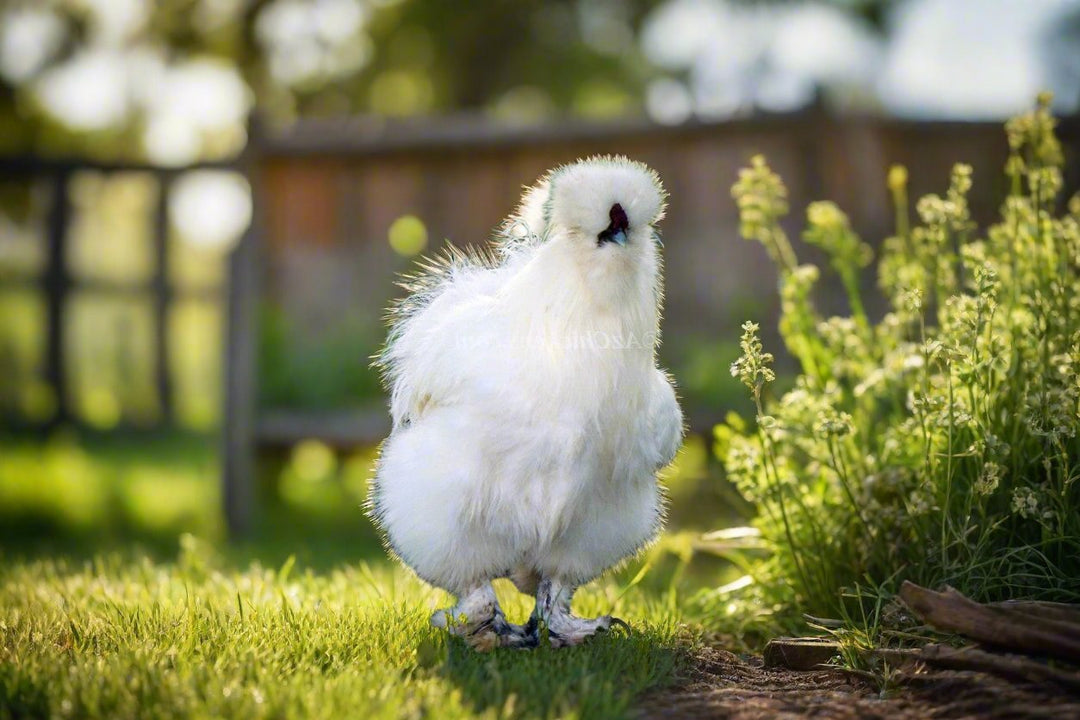
Silkie Chicks (Unsexed)
Check current price
Brand: Not specified
Material: N/A (live chicks)
- Unsexed; gentle, pet-forward breed
- Great for families learning flock care
- Natural brooders—useful if you plan to hatch later
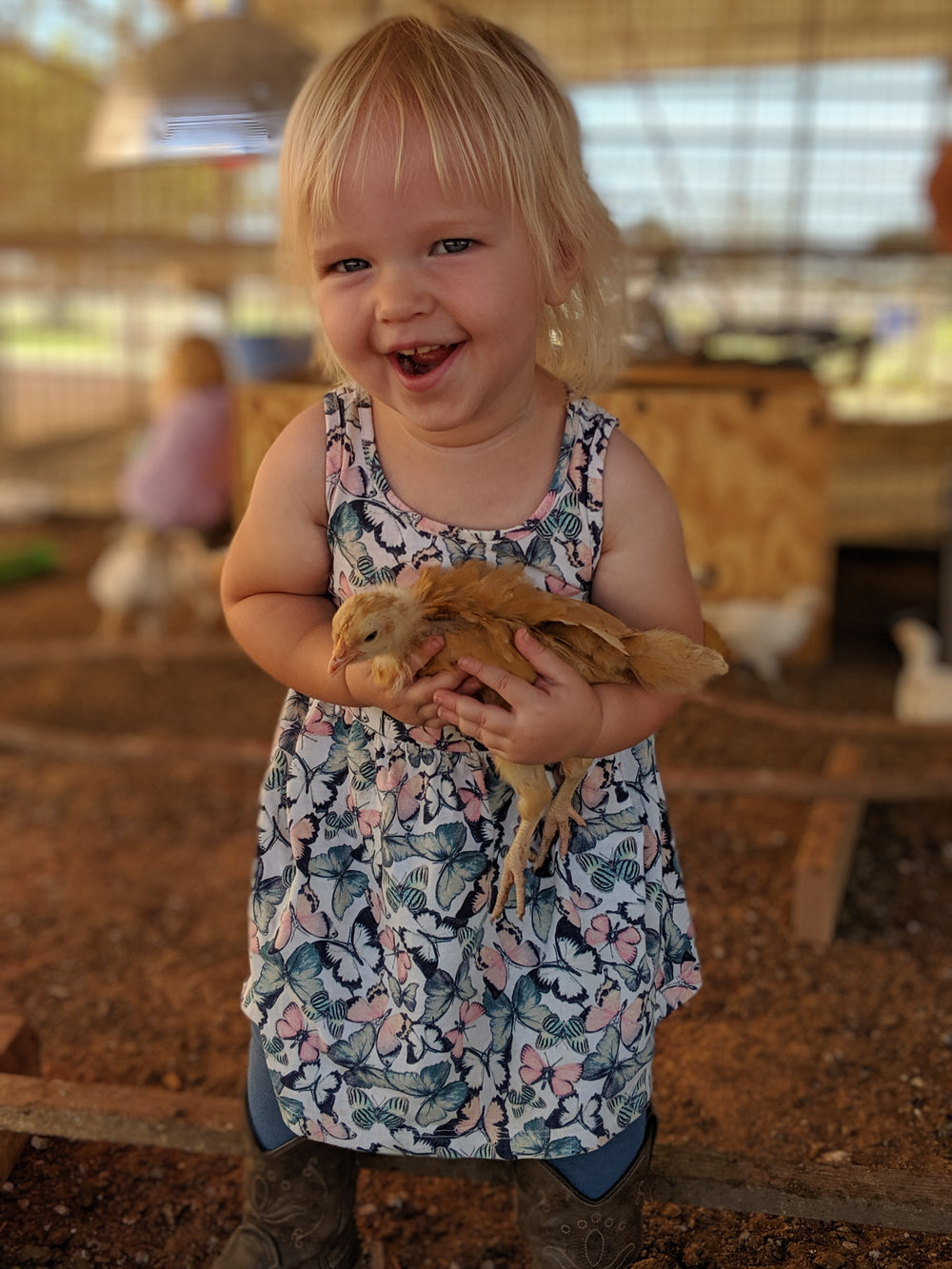
Assorted Rainbow Carton Chicks
Check current price
Brand: Not specified
Material: N/A (live chicks)
- Mixed colors for a vibrant “rainbow” flock
- Ideal for first-timers exploring multiple breeds
- Great for colorful egg baskets over time
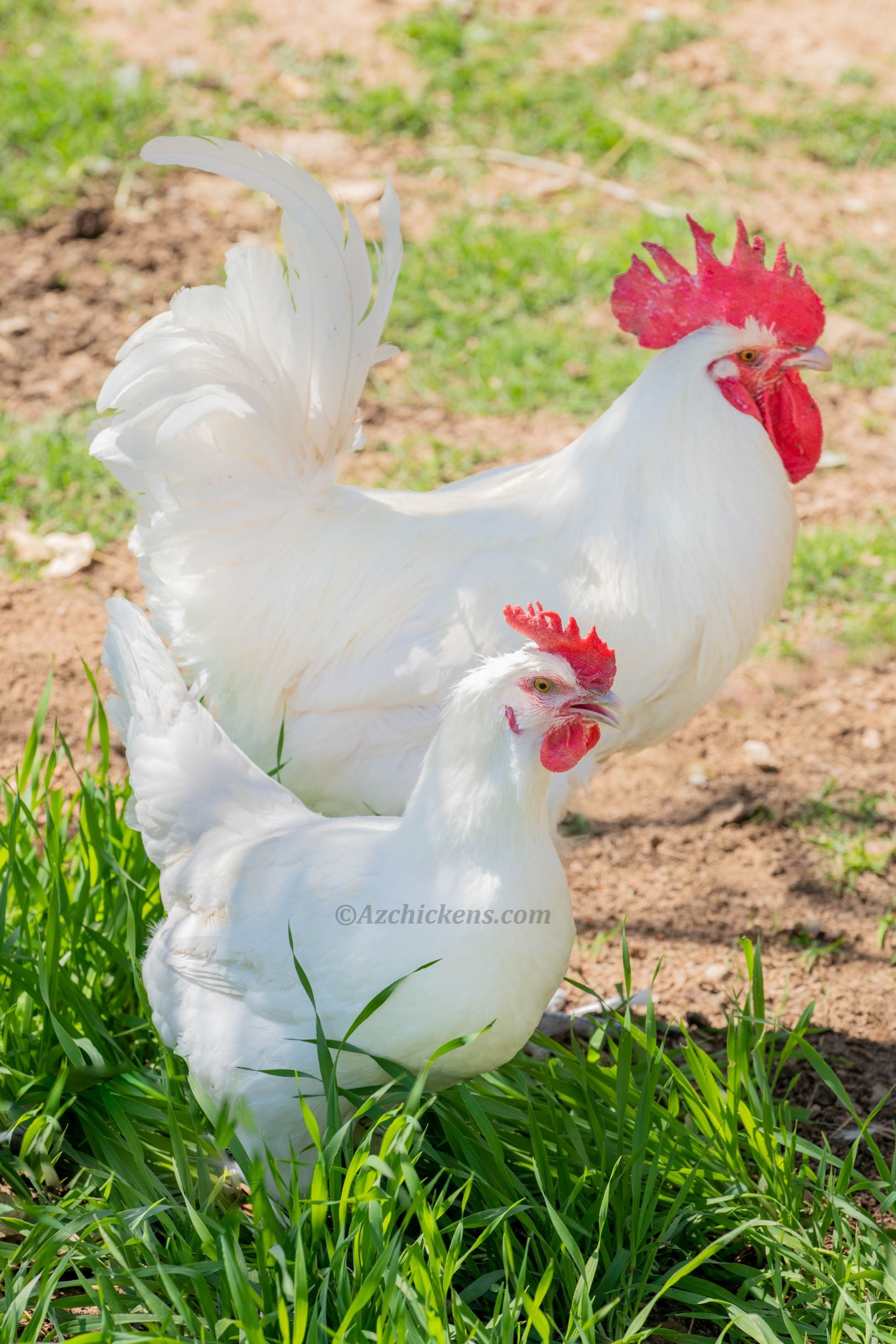
American Bresse Chickens
Check current price
Brand: Not specified
Material: N/A (live birds)
- Dual-purpose focus (egg + table)
- See breed info on linked page
- Pairs well with steady layers in mixed flocks
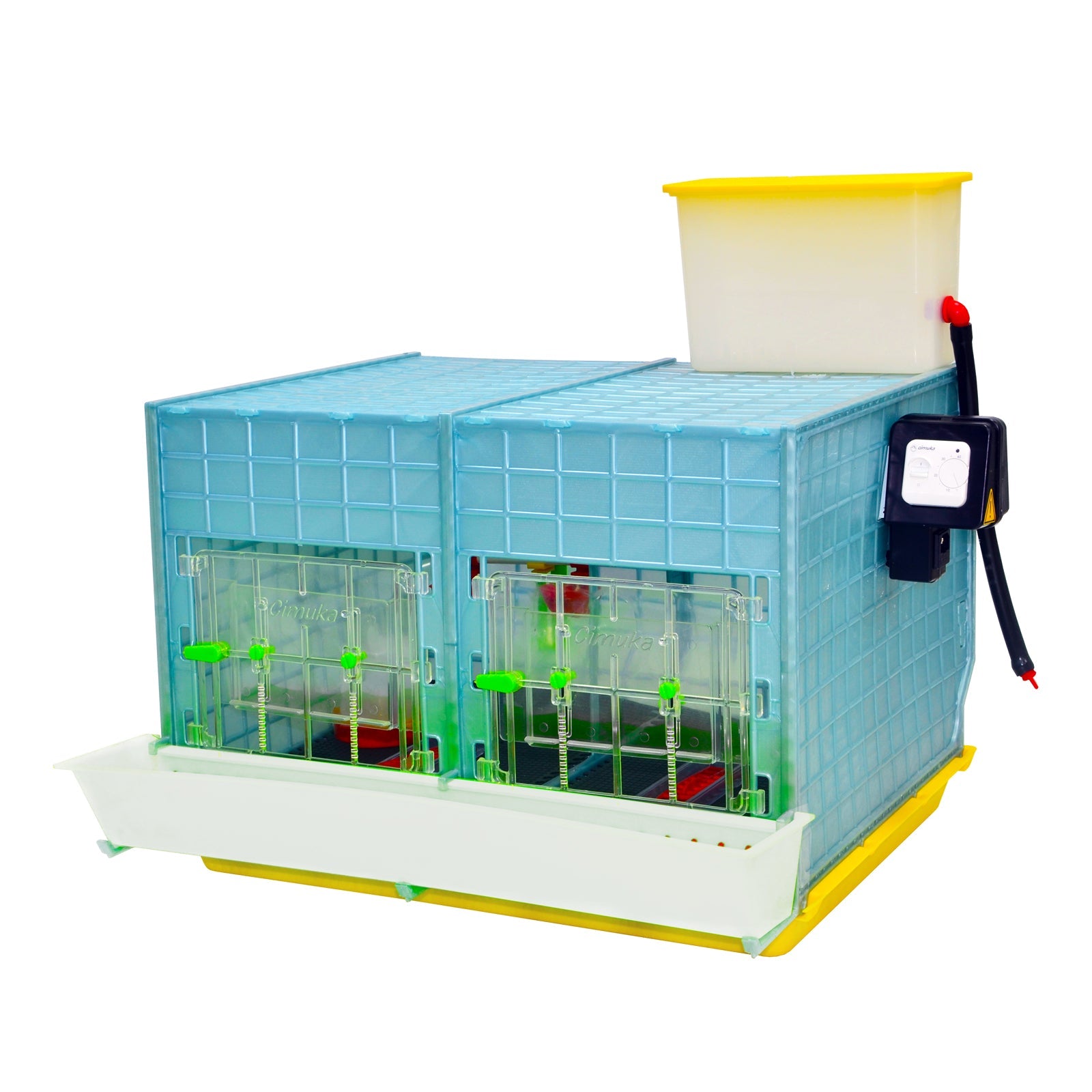
Chick Brooder - 2 Section (H:15")
Check current price
Brand: Not specified
Material: Not specified
- Two-section brooder
- Approx. 15" height (as referenced)
- Organizes warm and cool zones for stress-free brooding

Mile Four Starter Feed Kit
Check current price
Brand: Mile Four
Material: Not specified
- Starter feed bundle (as referenced)
- Convenient first-year nutrition setup
- Supports a smooth transition from brooder to coop
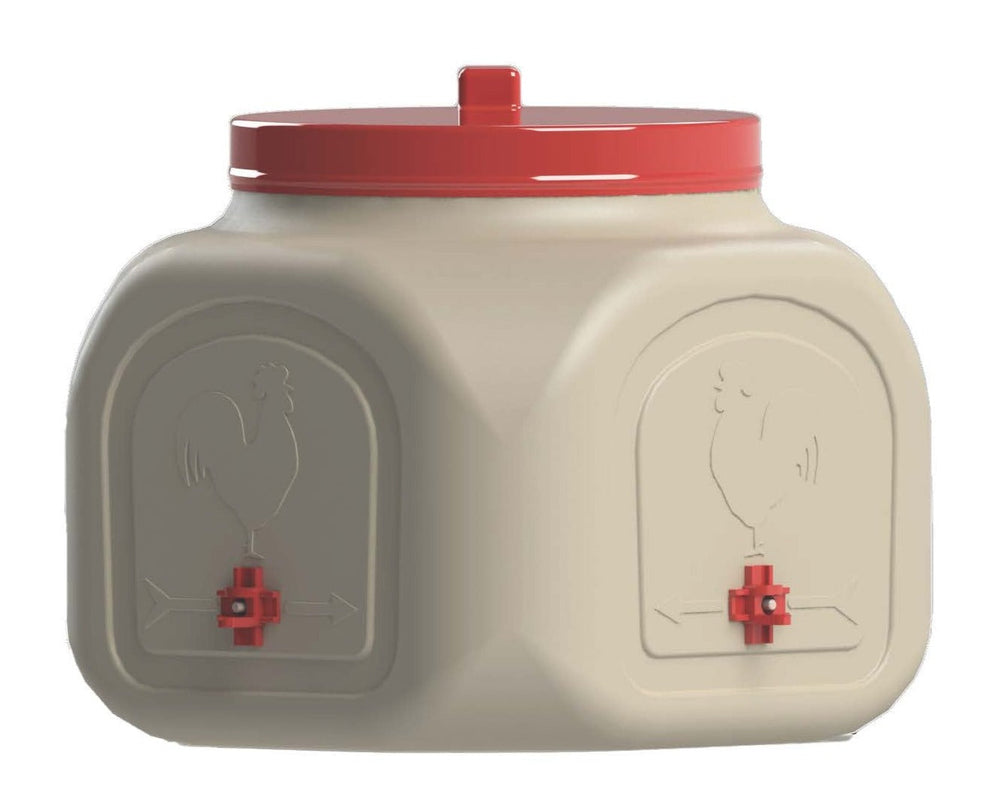
OverEZ Compact Chicken Waterer
Check current price
Brand: OverEZ
Material: Not specified
- Compact waterer (as referenced)
- Supports clean hydration in starter setups
- Easy refreshes—vital in warm climates
5) What to Buy First: The Build Sheet
Think of this as your “quality materials” checklist. Start with durable, practical essentials; upgrade as you learn preferences, climate loads, and flock behavior.
- Chicks from beginner breeds (4–6 pullets/sexed females is ideal to start). See: Chickens For Sale.
- Brooder with safe heat and ventilation for early weeks. See: Beginner Chicken Starter Kit Guide.
- Starter feed and clean water system. See: Feed & Water Essentials.
- Coop and run with shade, airflow, and predator security. See: Housing Environment.
- Heat planning (Southwest/hot summers): shade cloth, cross-ventilation, cool water rotations. See: Sustainable Hot Climate Practices.
- Chick care references and health prep. See: Chick Care Tips and Marek’s Disease (AZ).
- Space and materials: ~4 sq ft per hen inside; 8–10+ sq ft per hen in the run; 1/2" hardware cloth on all openings; predator-proof latches.
- Biosecurity basics: Set up a simple quarantine area before adding new birds; wash hands/tools between groups.
Images: Real-World Starter Gear and Breeds
Click images below to read the related resource or product reference.
6) Seasonal Buying Calendar (Plan Like a Pro)
- January–March: Research, plan your coop/run, line up equipment, study heat-readiness if you’re in the Southwest.
- March–June: Peak chick availability; ideal for first flocks (warmer brooding temps as spring progresses).
- July–August: Hot-zone caution—prioritize shade, hydration, and cooling. Consider started juveniles to skip brooding in peak heat.
- September–October: Good time for juveniles; build fall setups for comfortable overwintering.
- November–December: Gift planning and pre-orders; evaluate upgrades for next season.
For availability updates, start here: Chickens For Sale (Adults, Juveniles, Chicks, Hatching Eggs). Note: Fall molts may reduce egg output; this is normal and temporary.
7) Heat-Smart Housing and Care: Quality Materials Matter
In hot climates, performance is the new luxury. Prioritize materials and layout that preserve airflow and shade—like selecting breathable fabrics in a suit that keeps shape under stress.
- Shade-first layout: Position coop to block afternoon sun; add shade cloth or living shade.
- Ventilation: High/low vents for cross-breeze; avoid stale, humid air.
- Water access: Multiple clean water points; consider compact waterers for easy refresh.
- Feed management: Keep starter feed clean and dry; refresh often in heat.
- Run design: Dust-bath zones, dry footing, and secure fencing.
Deep dives: Housing Environment and Sustainable Hot Climate Practices.
Heat emergency mini-checklist: Offer shade immediately, add extra waterers, float ice bottles in pans, wet down a small area of the run for evaporative cooling, and reduce handling/ stress until evening.
8) First 30 Days: A Simple Action Plan
- Week 0: Prep brooder, feed kit, and waterer. Confirm your shade/ventilation plan.
- Week 1: Receive chicks (start with healthy, beginner breeds). Monitor brooder temp and behavior closely.
- Week 2–3: Gradually expand space; maintain clean water and fresh feed; handle gently to build trust.
- Week 4: Begin planning transition to coop/run. Safety and shade are non-negotiable in hot climates.
Use this resource as a companion: Chick Care Tips.
Practical notes: Start brooder warmth so chicks are active and comfortable (not panting or piling); reduce heat gradually as feathers grow. Offer chick grit if you introduce treats, and keep bedding dry to prevent pasty butt.
9) Troubleshooting for Beginners
- Heat stress signs: Panting, wings out, lethargy. Increase shade and cool water rotations immediately.
- Pecking/order issues: Add distractions (perches, scatter feed time), ensure ample space.
- Slow growth: Review feed freshness and access; observe that all birds can reach feed/water.
- Health vigilance: Know your regional disease risks. See: Marek’s Disease (AZ).
- Pasty butt in chicks: Gently clean with warm water and keep dry; adjust brooder heat if piling/overheating is occurring.
- Coccidiosis watch-outs: Lethargy, ruffled feathers, bloody or watery droppings—keep bedding dry and consult care resources promptly.
- Predator pressure: Lock the coop at dusk, secure the run with hardware cloth, and eliminate gaps larger than 1/2".
10) Where to Buy and What’s Next
For current availability across adults, juveniles, chicks, and hatching eggs, start here:
If you’re equipping a brooder and first coop, this guide consolidates the gear and setup basics:
Why Craftsmanship and Value Win for First Flocks
Like a well-made Italian suit, a successful first flock comes from choosing the right pattern (breeds), breathable and durable materials (housing and setup), and thoughtful finishing (feed, water, care routine). Resist the temptation to overspend up front or pick novelty breeds without matching your climate and goals. Start with proven, beginner-friendly choices; add specialty breeds once your daily rhythm feels effortless.
Further reading and resources:
